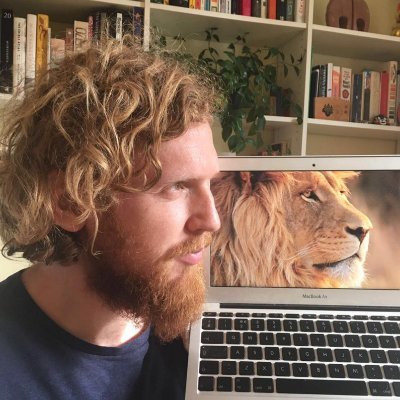
This is a guest post from. Alex Sidebottom. Alex is a keen travel writer and explorer of Asian cultures. He has lived in Macau for the last 12 months and is fast becoming a go-to online expert on life in the ‘Vegas of the East’. Alex is looking to broaden his horizons with a stay in the Philippines, which is one of Asia’s next up-and-coming tourist destinations.
The fascinating city of Macau was not only one of the original western colonies in Asia, it was also the last to be relinquished at the turn of the millennium.
Formerly a Portuguese colony, Macau still boasts a sizeable Portuguese presence in the city, with the street signs all displayed in Portuguese as well as Chinese in a nod to its heritage.
If you’re someone that adores the fast pace life in other Asian countries such as Japan, which I visited for two weeks, you’ll be equally fascinated by one of the most densely populated cities on our planet.
The fusion of western and eastern cultures makes Macau a unique place to explore. As many as 30 of the city’s buildings and public squares are UNESCO listed, with a number of these a relic of Macau’s Portuguese legacy. However, it’s the historical side of this peninsula city that often goes overlooked by tourists. Way back in the 16th century, China handed over Macau to the Portuguese, who saw the area as a hugely beneficial trade route.
The Old Town area of Largo do Senado should be one of your first ports of call. This spectacular square boasts striking mosaic floor tiles and a breathtaking central fountain. The Leal Senado also overlooks the fountain and is one of the most impressive buildings in the city. It used to be the home of the Portuguese government during its colonial era but today, its occupied by the Macanese Civic and Municipal Affairs Bureau.
The Basilica of St. Paul should not be forgotten either, with this 1,602 Jesuit church rebuilt after fire damage in the early 19th century, you can overlook the cobbled streets of the Old Town. It’s listed as a UNESCO World Heritage Site.
Another great thing about visiting Macau is its subtropical climate. Although summers tend to be extremely hot, averaging a high of 31°C in mid-July, the winters are still somewhat balmy, with an average high of 20°C still in December.
Macau’s dining scene also goes somewhat under the radar when you consider the various cultural influences. You can find Macanese, Portuguese, Chinese and even Japanese flavors in the city, which is music to the ears of foodies.
If there’s one local delicacy you must try while you’re there, it’s the Portuguese egg tarts. Rather than topping the tarts the Chinese way with caramelized sugar, these tarts are lighter yet just as indulgent. If you’re more of a savory fan, make sure you grab one of their pork chop buns on the go. These marinated tender pork chops are placed inside a warm toasted bun and are great washed down with an iced lemon tea.
In the post-millennium era, since Macau’s return to the People’s Republic of China, Macau’s economy has experienced significant growth thanks to a burgeoning casino industry that has expanded like wildfire since the Chinese state enforced strict regulations on the city’s gaming culture.
In fact, Macau has overtaken Las Vegas as the world’s gaming capital in revenue. Macau’s casino scene is unlike anything you’d find in Monte Carlo, Atlantic City or Las Vegas. There are much fewer western tourists in Macau and there are a host of Asian card games that will be completely new to you; some of which are discussed in this entertainment guide to Macau. The most spectacular casino resort to visit in Macau is The Venetian. With more than 500 gaming tables and 2,000-plus slot machines, this casino floor is the biggest on the planet. The City of Dreams is positioned opposite The Venetian and is a popular haunt for poker enthusiasts as well.
The city’s gaming and entertainment sector is proving especially popular among expats looking to live and work in Macau. Some people opt to work freelance as part of a casino resort, perhaps as a card dealer or game room host while other English-speaking professionals consider the route of teaching English as a foreign language (TEFL).
Macau is also becoming a credible family holiday destination, too. There is an impressive theme park, Fisherman’s Wharf, which is the most sizeable leisure and entertainment complex on the Macau peninsula. Hac Sa Beach is a vast, well-known beach in Macau, just south of Coloane Island that’s four kilometers long and famed for its black sand. Cheoc Van Beach is a smaller, quieter version, with golden sands and safe swimming opportunities. It’s just a stone’s throw from Coloane Village.
There is no doubt that Macau is now one of the most intriguing destinations in Asia. It’s a city with a split personality: with the 16th-century colonial heritage and the Michelin-starred, glitz and glamor of its casino scene making it the world’s fourth-richest region.
The next time you’re heading to Asia, don’t overlook Macau and be sure to take a day trip there if you’re traveling to nearby Hong Kong.
Photo by J_Llanos, CC BY-ND 2.0
